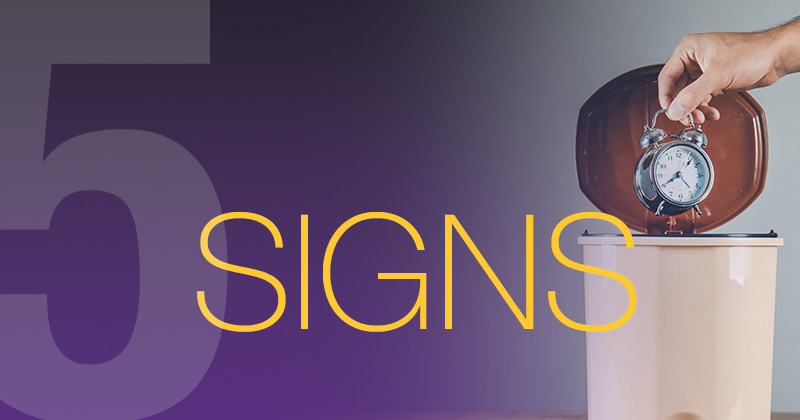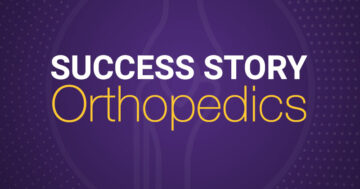5 Signs Your EHR Could Be Wasting Your Time

Are you spending too much time on your EHR?
If you regularly work long hours or struggle with day-to-day productivity, it could be because your EHR doesn’t keep up with your needs.
The right EHR should help improve your workflows and save time by streamlining patient documentation and delivering high-quality data and analytics. With an all-in-one solution, you can connect practice management and patient engagement features for faster taskwork. Automations can help team members do more with less.
Wondering if it’s time to improve your processes with a robust EHR? Here are five signs you could be wasting time on outdated systems.
1. You spend more time on documentation than with patients
Typical EHR templates won’t save you time, but the ability to create master visits, like Protocols, can. And how about an EHR system that has an adaptive learning engine, remembering and highlighting your preferred treatment plans?
The most effective EHR systems have specialty-specific diagnoses, orders, billing codes and much more, all built in from day one. Rather than forcing you to spend weeks building out templates, the right system already has the work done for you.
An EHR system that remembers your top clinical scenarios and adapts to your unique preferences, can help you save even more time so ideally you can complete your documentation before the patient leaves the exam room.
2. You have to deal with multiple systems to get information
What happens when you need to work with patient information and practice management data? If you have to log in to multiple systems, you’re wasting time. All-in-one solutions can share information across multiple parts of your practice without having to manually connect the dots. With everything in one place, you can save time.
The same goes for technical support. When you have questions about features or updates, calling or emailing multiple account representatives can burn hours. Easy implementation of software improvements is crucial to keeping your practice aligned with patient and industry demands. It also lets you benefit from new tools that are designed to streamline your operations further.
A centralized solution means you can spend less time searching for answers and more time on patient care and practice growth.
3. You have to hunt for financial and clinical data
Some practices have staff dedicated to analyzing performance and productivity, cost control, and other improvement opportunities. If your team has to spend hours manually reviewing data, you might be paying for capabilities that an EHR can provide as part of a single solution.
Ideally, your EHR should be able to surface data to answer specialty-specific questions, too. For example, you might want to review which patients tried specific medications and now qualify for certain studies.
Without easily reviewable data, you could miss opportunities to help improve patient care, simply because it takes too long to develop insights. A solution that quickly sorts, filters and creates visualizations may help you arrive at insights in less time.
4. You spend hours trying to engage patients
How many hours does your staff spend communicating with patients each week? And how productive is that time? When practices don’t have the right tools, they have to make multiple phone calls, leave messages, play phone tag, check emails in a disconnected system and manage calendars manually.
However, patient engagement activities are “time is money” actions. When you fail to engage, you could have to deal with no-shows, rescheduling and patient attrition — events that cost even more time and money.
Centralized, automated communication tools make it easier to get messages to patients, while letting them respond at a time that works for them. Your team can see communications in one place so that you can streamline handoffs and reduce the risks of missing messages.
You can deploy patient reminders to help reduce no-shows and schedule follow-ups. Improve your practice by requesting feedback and taking action. Set yourself apart from other practices by offering call-to-text functionality with the press of a button. These automated features give your team back valuable hours.
5. You have to stop operations for server upgrades
Still not using a cloud-based EHR? On-premise server management requires time and resources that translate to cost losses. If you run into issues, you may have to scramble to maintain continuity and make up for lost time.
Consider the benefits of a cloud-based EHR instead. A cloud-based vendor will often have a dedicated security team to help monitor cloud infrastructure and keep up with potential security threats.
Take back your time with ModMed
Ready to see how an EHR can streamline your practice’s tasks and activities? Reach out to ModMed to discover how an all-in-one solution can benefit you and your team.
This blog is intended for informational purposes only and does not constitute legal or medical advice. Please consult with your legal counsel and other qualified advisors to ensure compliance with applicable laws, regulations and standards.


